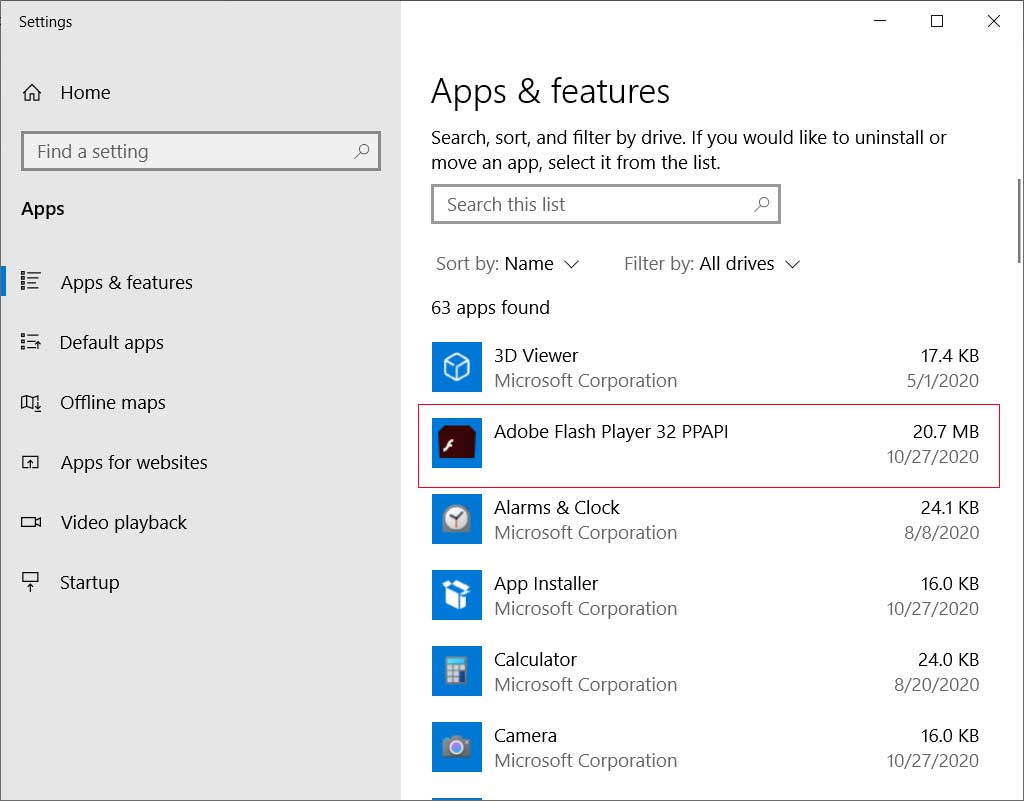For Macintosh users, you need to download the Mac version of Adobe Flash Player to allow your browser to view latest Flash contents. To get the latest version, go to the Adobe Flash Player download page and download the version for your operating system. For Macintosh users, Adobe Flash Player supports OS X 10.10 Yosemite, 10.11 El Capitan, 10.
Now the latest Chrome version has only options to allow or block Flash on specific site. Open the command URL “chrome:settings/content” on the browser’s address bar. Open Chrome Content Settings Scroll down and click on the “Flash” option. Flash Clock Screensaver free download - Flash Movie Player, Dream Aquarium Screensaver, Flash Player Pro, and many more programs.
2019 UPDATE: Flash is no longer recommended. We offer a HTML5 Customizer (since 2016) and now only recommend that version of the MyStyle Customizer. If you are still using our Flash Customizer, we recommend disabling it in the settings and moving to HTML5-only.
The article below is now outdated but it left here for reference in case anyone is still using a legacy version for special cases.
The settings to enable Flash are easy to set in < 30 seconds with some instructions:
Easily enable Flash in your Chrome browser settings with these steps, for all sites (Step 1-3) or for individual sites (step 1-6). Note: Settings may vary slightly depending on operating system and chrome version.
Enable Flash in Chrome On Windows or Mac
1. In the address bar, type or copy/paste this address to access your content settings:
chrome://settings/content
Tip: If that doesn’t work, try just going to your settings at chrome://settings or just click the three-dots icon for the chrome menu, and click “settings”. Then, on the main settings page, scroll down to and click “Content Settings” which is under the list titled “Privacy and Security”. If you scroll down and do not see the Privacy and Security settings list, you may need to press the small “Advanced” link at the bottom of the page to show all Chrome settings, as it may be hidden by default.
2. Click the Flash settings from the list of Content Settings.
3. Enable the switch for “Ask First”.
If you have an older version of Chrome, you may need to click the option “Allow sites to run Flash” and click “Done”.
That’s it! You have flash on now. Restart chrome and try again and you should be good to go!
If you would rather allow Flash for ONLY our customizer and not other websites, follow steps 4-6.
Allow Flash on Specific Sites by Web Address (Optional)
4. Enable flash (as per above steps) and then use the Allow section underneath to add sites to the Allow list by domain name.
5. Add [*.]ogmystyle.com in the Add a Site popup, which is our customizer app’s domain.
[*.]ogmystyle.com
Click Add to apply the permission. You can also add any other websites you would like to add Flash permission for.
6. All Set! Try it out in a new tab.
Best mac software free. You can close the content settings screen and open a new tab to a site you’ve allowed to test your Flash support. A restart of Chrome may not be necessary with a new tab, but it’s the safest way to make sure the plugin settings are not already cached.
Block Flash by Disabling It (Same Chrome Settings)
To disable flash, simply disable the same switch for Flash support
You may also want to remove any Allowed sites that you may have added.
Background on Flash Support Changes:

Chrome Browser Now Blocking Flash – March 2017
Recently, as of around March 2017, Chrome has started disabling the use of the Flash plugin even though Flash is installed by default and Chrome does support it. They don’t do a good job of explaining it on screen, at all, either, so most companies have transitioned from flash to HTML5 (not all – for example HBO GO uses Flash player for millions to watch Game of Thrones). But, without iPhone support and now Chrome defaulting to disabled, Flash is now being forced to step aside for HTML5 / Javascript.
Prevent Mac Chrome Download Flash Clock Software
Why Are They Doing This?
It’s a long story involving Steve Jobs / Apple, and Adobe. Long story short, Google is now leading the final charge to move towards HTML5 standards as is the new mobile-compatible standard. This is incredibly annoying for good flash apps like the Customizer! Flash now has to be manually enabled if you haven’t used it before (per website). Once they allow our customizer URL, the Flash customizer will be allowed to run on any website they use it on. (instructions below)
What Happens Exactly?

When Flash is blocked by Chrome even though it does have Flash supported, our HTML5 Customizer will run instead, as it does for all mobile users that don’t have Flash at all. Desktop users will often get the non-Flash HTML5 version in Chrome, unless they have either used it before the new Chrome settings, or if they’ve allowed Flash to run in the Chrome settings.
Flash-Only Features
Prevent Mac Chrome Download Flash Clock Windows 7
As of this writing, the main features that are not yet supported on HTML5 are Patterns and Monograms. The HTML5 Customizer DOES support uploading images, adding text, backgrounds, foregrounds, fonts, drag and drop editing, and all the core features that are most important for the majority of personalization sites. Our roadmap currently includes adding support for Patterns and Monograms in Q4 unless otherwise prioritized by a custom development collaboration with a client or developer.

